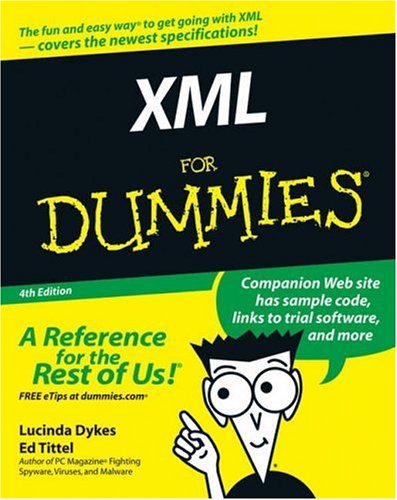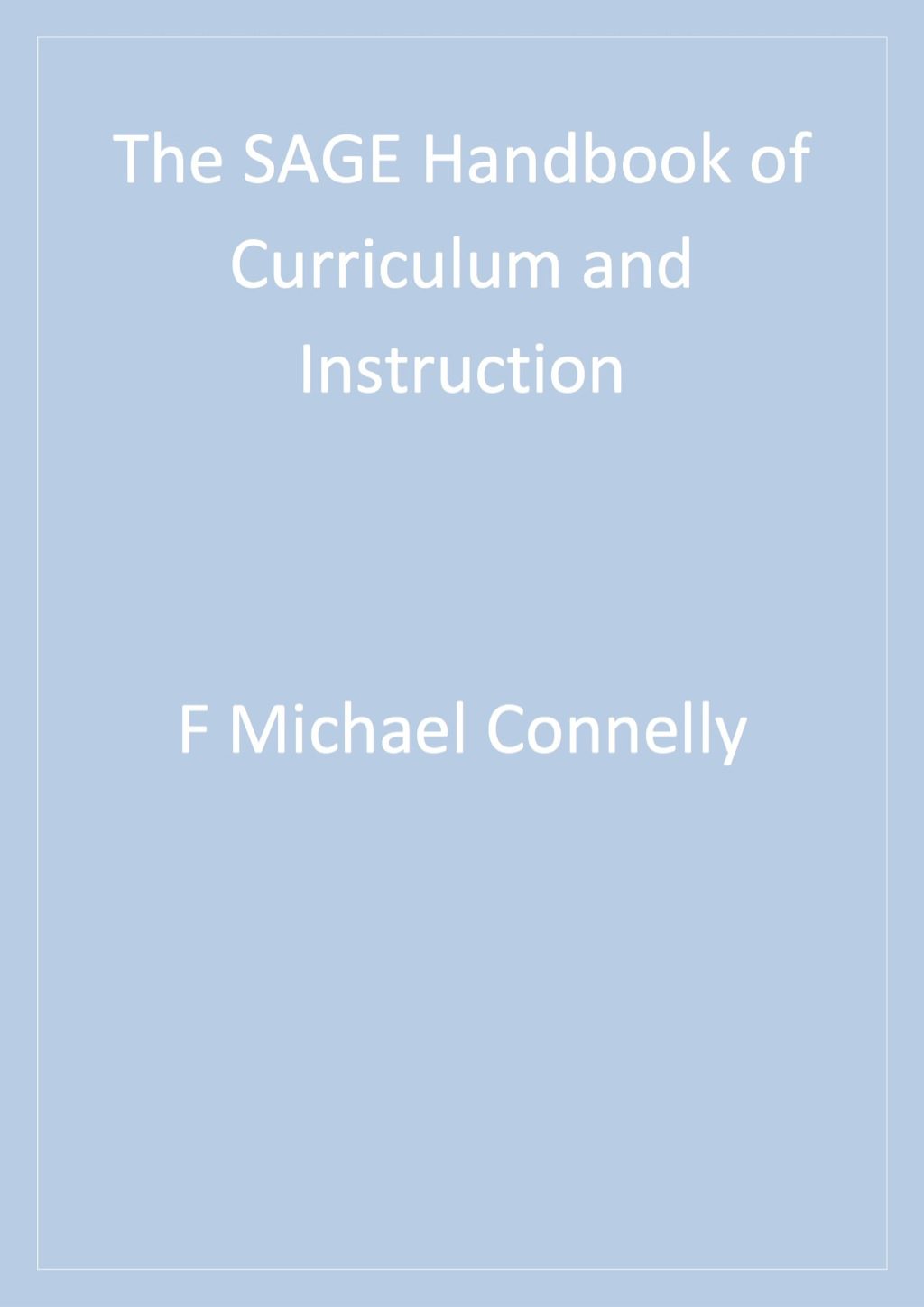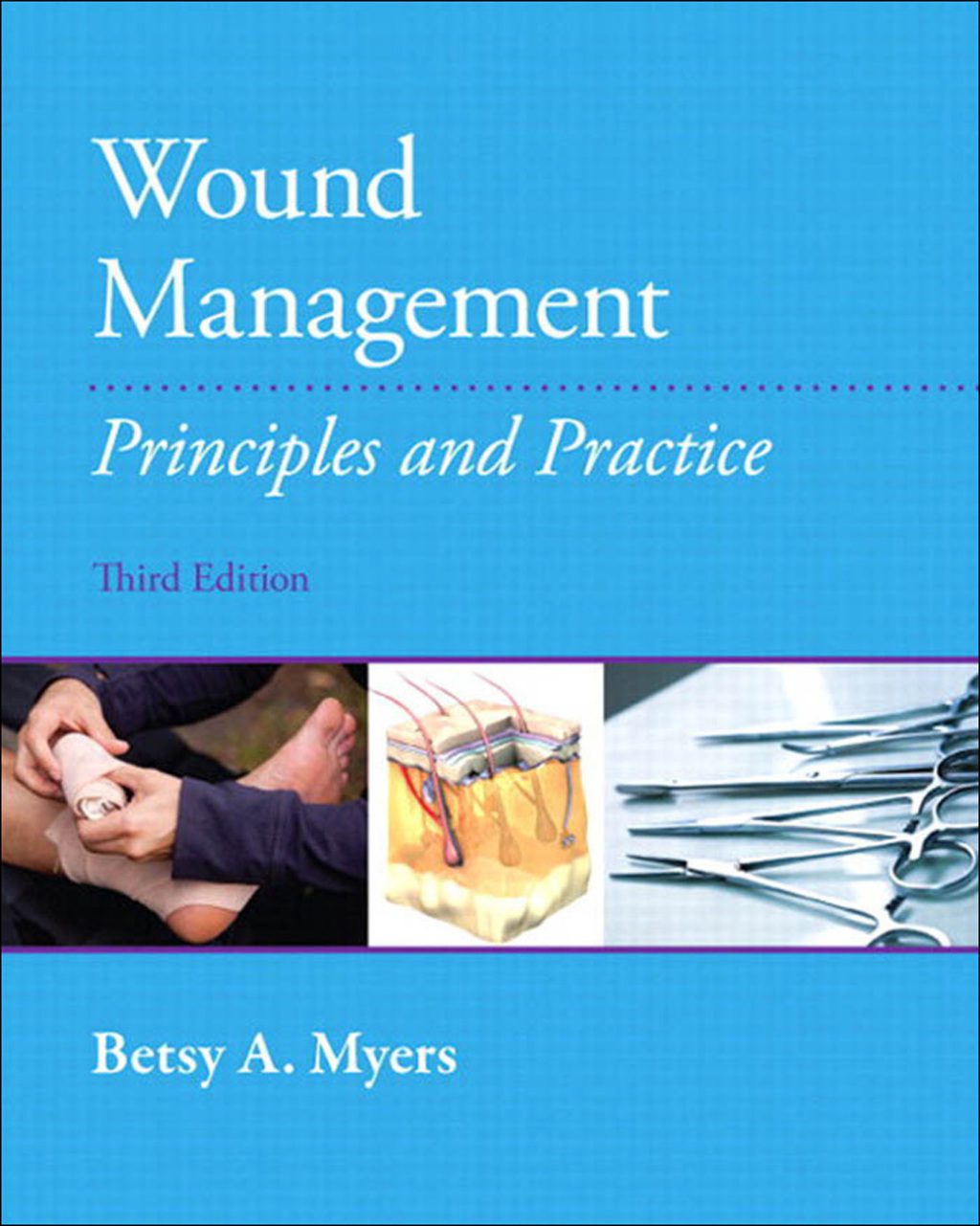Lucinda Dykes, Ed Tittel9780764588457, 0764588451
Table of contents :
Cover……Page 1
Contents at a Glance……Page 12
Table of Contents……Page 14
Introduction……Page 22
XML Basics……Page 30
Getting to Know XML……Page 32
Separating data and context……Page 33
XML means business……Page 34
Classifying information……Page 35
Enforcing rules on your data……Page 36
Outputting information in a variety of ways……Page 37
Using the same data across platforms……Page 38
Beyond the Hype: What XML Isn’t……Page 39
It’s not just for Web pages anymore……Page 40
It’s not a programming language……Page 41
Building XML Documents……Page 42
Moving Legacy Data to XML……Page 44
Creating XML-enabled Web pages……Page 45
Print publishing with XML……Page 46
Using XML for business forms……Page 49
Incorporating XML into business processes……Page 50
Alphabet Soup: Even More XML……Page 52
Taking Stock of Your Data……Page 54
Gathering some content……Page 55
Checking whether a DTD or schema already exists……Page 56
Searching for a schema repository……Page 57
Breaking Down Data in Different Ways……Page 58
Winnowing out the wheat from the chaff……Page 59
Developing Your Taxonomy……Page 60
Using trial and error for the best fit……Page 62
Testing your content analysis……Page 63
Looking Ahead to Validation……Page 64
XML and the Web……Page 66
HTML, XML, and XHTML……Page 68
What HTML does best……Page 69
The limits of HTML……Page 70
Comparing XML and HTML……Page 71
Using XML to describe data……Page 72
The benefits of using XML……Page 74
XHTML Makes the Move to XML Syntax……Page 75
Making the switch……Page 76
Empty elements must be formatted correctly……Page 77
Case makes a difference……Page 78
Attribute values are in quotation marks……Page 79
Converting a document from HTML to XHTML……Page 80
The Role of DOCTYPE Declarations……Page 83
Anatomy of an XML File……Page 86
The XML declaration……Page 88
Marking up your content……Page 89
Playing by the Rules: Well-Formed Documents……Page 95
Adding Style for the Web……Page 97
Seeking Validation with DTD and XML Schema……Page 99
Why describe XML documents?……Page 100
Choosing between DTD and XML Schema……Page 101
Adding Character(s) to XML……Page 104
About Character Encodings……Page 105
Introducing Unicode……Page 106
Character Sets, Fonts, Scripts, and Glyphs……Page 108
For Each Character, a Code……Page 109
Key Character Sets……Page 110
Using Unicode Characters……Page 112
Finding Character Entity Information……Page 114
Handling Formatting with CSS……Page 116
Viewing XML on the Web with CSS……Page 117
Basic CSS Formatting: CSS1……Page 118
Building a CSS Stylesheet……Page 119
Adding CSS to XML……Page 120
A simple CSS stylesheet for XML……Page 122
Dissecting a simple CSS stylesheet……Page 123
Linking CSS and XML……Page 127
Adding CSS to XSLT……Page 128
Building in Validation with DTDs and Schemas……Page 130
Understanding and Using DTDs……Page 132
What’s a DTD?……Page 133
When NOT to use a DTD……Page 134
Inspecting the XML Prolog……Page 135
Examining the XML declaration……Page 136
Understanding comments……Page 137
How about that white space?……Page 138
Reading a DTD……Page 139
Using Element Declarations……Page 140
Using the EMPTY element type and the ANY element type……Page 141
Adding mixed content……Page 142
Using element content models……Page 143
Declaring Attributes……Page 144
Discovering Entities……Page 146
General entities……Page 147
Parameter entities……Page 149
Understanding Notations……Page 151
Internal DTDs……Page 152
External DTDs……Page 153
When to use an internal or external DTD……Page 154
Understanding and Using XML Schema……Page 156
What’s an XML Schema?……Page 157
So Many Datatypes, So Little Time……Page 159
XML Prolog……Page 160
Element declarations……Page 162
Attribute groups……Page 165
What about that white space?……Page 166
Simple datatypes……Page 169
Defining constraints and value checks……Page 170
Dealing with Entities, Notations, and More……Page 171
Annotations……Page 172
Deciding When to Use a Schema……Page 173
Calling for outside support: Referencing external schemas in your schema……Page 174
Double-Checking Your Schemas and Documents……Page 176
Doing the Validity Rag……Page 178
Step 2: Being the Root of All Structure: Elements……Page 180
Step 3: Building Content Models……Page 182
Step 4: Using Attributes to Shed Light on Data Structure……Page 184
Step 5: Using Datatype Declarations to Define What’s What……Page 185
Tricks of the Trade……Page 188
Creating a Simple Schema……Page 189
Using a Schema with an XML File in Word 2003……Page 191
Modifying an Existing Schema……Page 194
Eliciting Markup from an XML Schema……Page 195
Modifying a Schema……Page 197
Using datatypes with data-intensive content……Page 198
Using datatypes with text-intensive content……Page 200
Creating crafty content models……Page 201
A matter of selection……Page 202
Using Complex Datatypes……Page 204
When XML Schemas Collide: Namespaces……Page 206
Including/Excluding Document Content……Page 209
Converting DTDs to Schemas……Page 211
Transforming and Processing XML……Page 216
Handling Transformations with XSL……Page 218
XSLT……Page 219
XSL-FO……Page 221
XSL Stylesheets Are XML Documents……Page 222
An XSLT Stylesheet for Converting XML to HTML……Page 223
The pieces of the stylesheet puzzle……Page 226
Processing element content……Page 228
Dealing with repeating elements……Page 230
Creating an XSLT Stylesheet with XSLT Editors……Page 231
The XML Path Language……Page 236
Why Do You Need Directions?……Page 237
XPath document trees……Page 238
Understanding XPath nodes……Page 239
XPath Directions and Destinations……Page 241
XPath Syntax……Page 242
Some simple location paths……Page 243
Taking steps along the XPath……Page 244
Going backward……Page 245
Null results……Page 246
Using XPath with XMLSpy……Page 247
The Short Version……Page 249
Predicate and expression abbreviations……Page 250
Some more abbreviations……Page 251
What’s New in XPath 2.0?……Page 252
Where to Now?……Page 254
Frankly, My Dear, I Don’t Give a DOM……Page 256
Understanding DOM structure……Page 259
What Goes In Must Come Out: Processing XML……Page 261
So many processors, so little time……Page 263
Which processor is right for you?……Page 264
XML Application Development……Page 266
Using XML with Web Services……Page 268
What’s Up with Web Services?……Page 269
A Web Services Architecture……Page 272
Transport: Moving XML messages……Page 273
Packaging/Extensions: Managing information exchange……Page 274
Description: Specifying services and related components……Page 275
Discovery: Finding what’s available……Page 276
Where Will Web Services Lead?……Page 277
XML and Forms……Page 280
HTML Forms……Page 281
XForms……Page 282
InfoPath……Page 288
Serving Up the Data: XML and Databases……Page 292
Text-intensive XML……Page 293
Creating XML from Database Files……Page 294
Using Word 2003……Page 295
Using InfoPath……Page 296
Using XMLSpy……Page 299
Using XML with Access 2003……Page 302
XML and RSS……Page 306
Sorting Out the Versions……Page 307
RSS 0.9x……Page 308
RSS 2.0/2.01……Page 311
RSS 1.0……Page 312
Validating an RSS Feed……Page 316
Creating RSS Feeds……Page 317
Get Syndicated!……Page 318
Using an RSS Reader……Page 319
The Part of Tens……Page 320
Creating Documents with Authoring Tools……Page 322
Epic Editor……Page 323
XML Pro v2.0.1……Page 324
Checking Documents with Parser Tools……Page 325
Ælfred……Page 326
Lark……Page 327
Internet Explorer 6……Page 328
Opera……Page 329
XML C Library for Gnome……Page 330
Xerces……Page 331
Extensible Programming Script (XPS)……Page 332
webMethods automates XML excellence……Page 333
Ten Top XML Applications……Page 334
Wireless Markup Language (WML)……Page 335
Mathematical Markup Language……Page 336
Resource Description Framework (RDF)……Page 337
Servin’ Up Web Services……Page 338
XQuery……Page 339
Create XML Applications with Zope……Page 340
XML’s Many and Marvelous Specs……Page 342
Top XML Tutorial Sites……Page 343
XML News and Information……Page 344
XML Training Options……Page 345
Building a Bodacious XML Bookshelf……Page 346
Studying XML for Certification……Page 347
Serious Searches Lead to Success……Page 348
Glossary……Page 350
Index……Page 368







Reviews
There are no reviews yet.